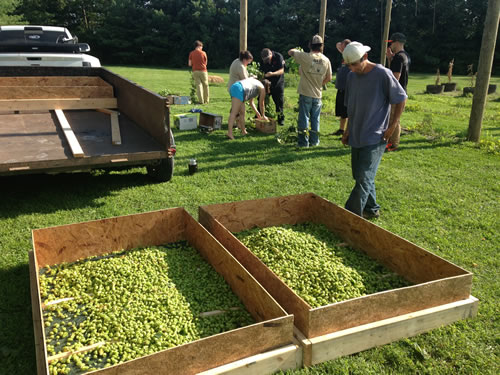American Amber Lager
OG: 1.066 SG
FG: 1.014 SG
IBU's: 36 IBUs
Cals: 151.6 kcal/12oz
Boil Time: 60
Efficiency: 72.00
|
|
Mix grain with strike water and mash the appropriate time suggested in the mash schedule above and then mash out. Fly sparge with 2.15 gal water at 168.0 F . Boil 6.52 gal for 60 minutes adding the hops at times suggested in the ingredient list. Add the whirlfloc tablet when 15 minutes remain in the boil. After the boil is complete, chill the wort rapidly to 60 F and transfer to a sanitized fermentation vessel. Ferment at 54 F for 14 days. Diacetyl rest at 65 F for 3 days and then crash the beer for 30-45 days at 40 F. Bottle or keg with priming sugar (skip the sugar addition if force carbonating in your keg).













